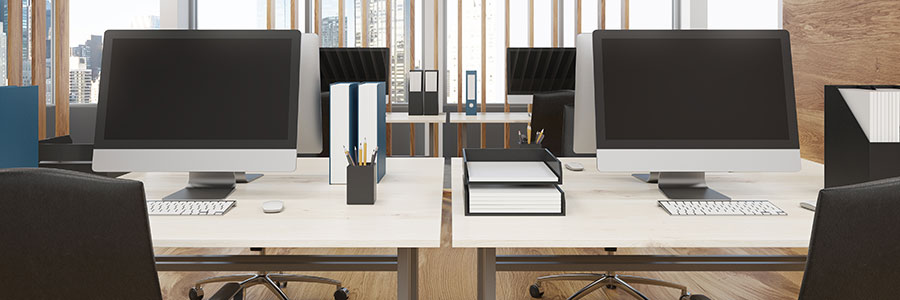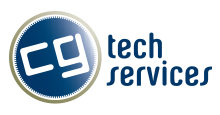When purchasing computers for your small business, one of the biggest decisions you’ll have to make is whether to get desktops or laptops. The choice ultimately depends on five factors, which we’ve outlined for you below.
Portability
The COVID-19 pandemic has driven most businesses to adopt remote work and hybrid work setups.
Laptops vs. desktops: Which should your small business use?

How to reduce IT costs with thin and zero clients

If you want to save money on your IT system, one way to do so is by getting low-priced computer hardware. But that doesn’t mean you should settle for old or low-end models. Instead, consider investing in thin or zero clients.
What are thin and zero clients?
Thin clients are stripped-down computers with minimum processing power and memory.
Should small businesses use laptops or desktops?
As an entrepreneur, you often have to make choices that can either make or break your company. One such decision you have to make is whether to in desktops or laptops. Make the best choice by assessing the current situation and taking the following things into consideration.
Cutting IT hardware costs with thin and zero clients
If you want to cut costs on IT hardware, don’t settle for cheap but old or low-quality machines. They’ll likely offer subpar performance, which will hurt your team’s productivity. What’s worse, they’ll likely break down often, too, which means the money you initially saved will go to repairs and upgrades.
What can you do with an old PC?
If your PC has been struggling to perform all the tasks you have at hand, we completely understand why you would be itching for a new one. But even if it’s old, sluggish, and always crashing, your old desktop or laptop may still prove to be useful.
Choose the right computer for your company
Global commerce has opened a whole new world for owners of small- to mid-sized businesses (SMBs). It has never been easier to find customers for your products or services. But you still need the right tools to succeed. One such important tool is the computer.
Expect CPU shortages until late 2019
Consumers and businesses increasingly rely on powerful computers to run high-tech applications. But in the coming months, they may have issues obtaining the PCs they need. Since 2018, Intel has reported a processor shortage, which some experts believe may not be resolved until the latter half of 2019. Read on to learn more.
Great uses for an old computer
It’s inevitable. Sooner or later, you’re going to have to replace your computer. But while it may not be as fast as when you first got it or as sleek as your new computer, your old desktop or laptop might still have a lot to offer— after upgrading it a little, that is.
How thin and zero clients can reduce IT costs
It’s no secret that cutting costs is one way to increase profit. When it comes to tech, most businesses do this by bringing their operations to the cloud, hiring pay-as-you-go service providers, and uninstalling unnecessary software. Another way to reduce costs is by swapping bulky desktops for thin or zero clients.
